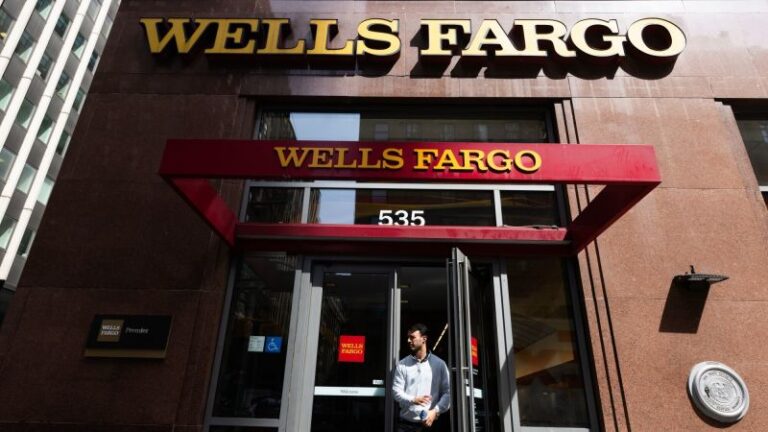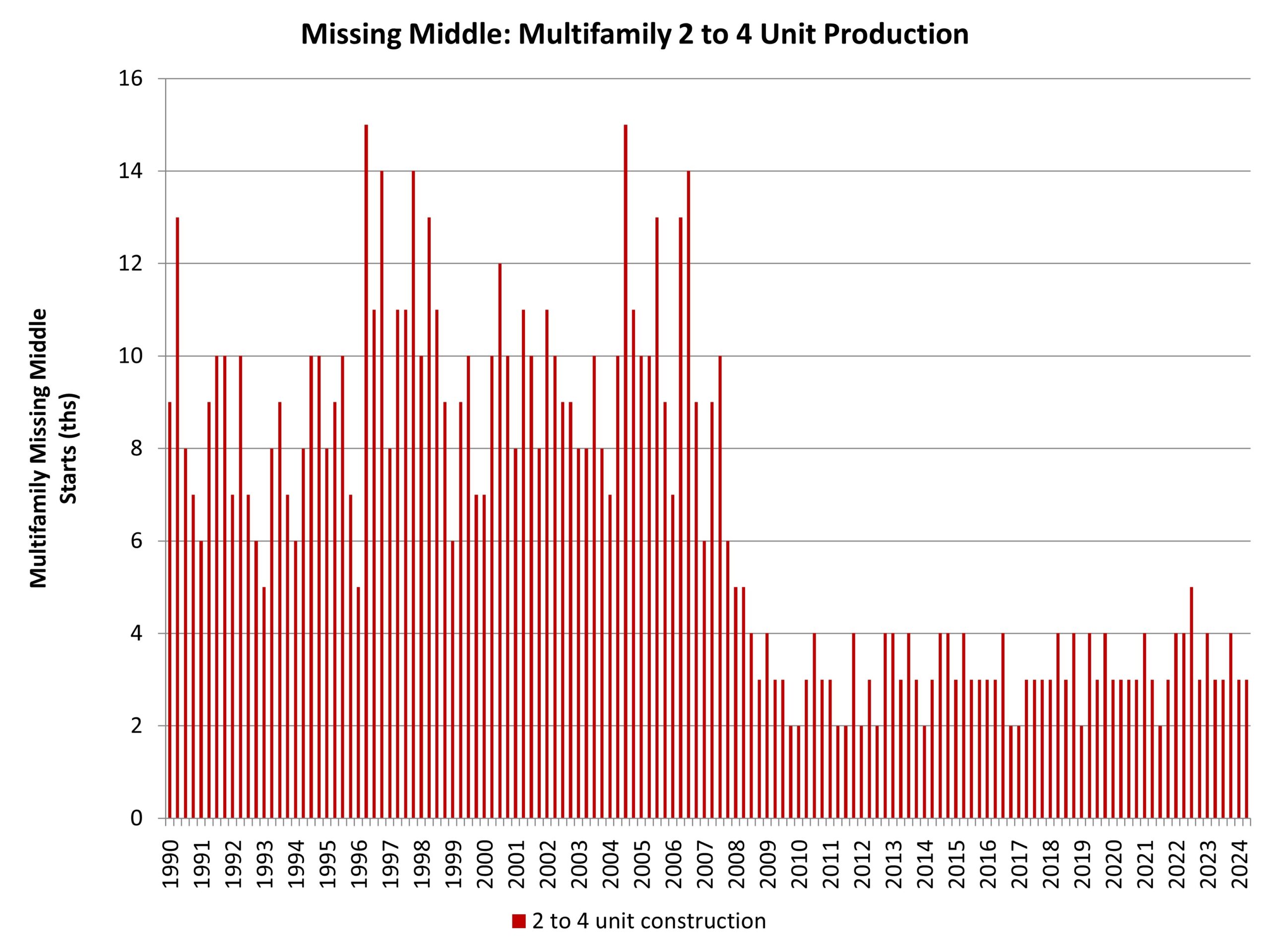Lending standards for residential mortgages were essentially unchanged across most categories, while overall demand for most residential mortgages was weaker according to the Federal Reserve Board’s January 2025 Senior Loan Officer Opinion Survey (SLOOS). Examining lending conditions for commercial real estate (CRE) loans, construction & development loans were modestly tighter, while demand was modestly weaker. However, for multifamily properties loans within the CRE category, lending conditions and demand were essentially unchanged for the quarter.
With recent commentary from the Federal Reserve citing current policy as “meaningfully restrictive”, inflation remaining sticky, and uncertainty caused by current trade policy, NAHB is forecasting any potential cuts (if any) to the federal funds rate to occur in the latter half of 2025.
Residential Mortgages
The Federal Reserve classifies any loan category achieving a value between -5 and +5 as “essentially unchanged.” Five of seven residential mortgage loan categories saw a slight easing in lending conditions, as evidenced by their positive easing index values, ranging from +1.8 to +4.0, in the fourth quarter of 2024. That marks the highest number of residential mortgage loan categories showing easing since the Federal Reserve started raising interest rates back in first quarter of 2022. Subprime and Non-QM jumbo loans were the only categories that were negative for the fourth quarter of 2024, representing tightening conditions.
All residential mortgage loan categories reported at least modestly weaker demand in the fourth quarter of 2024, except for Non-QM jumbo which was essentially unchanged. Subprime loans have had weaker demand for the past 18 consecutive quarters, which is the longest weak streak among all residential mortgage loan categories and recorded the lowest net percentage (-45.5%) in the quarter.
Commercial Real Estate (CRE) Loans
Across CRE loan categories, construction & development loans recorded a net easing index value of -9.5 for the fourth quarter of 2024. As for the multifamily loan category, its net easing index value was -3.2, or essentially unchanged. For overall CRE loans, results show at least 11 consecutive quarters of tightening lending conditions. However, the tightening was less pronounced than in recent quarters; the net easing index values for both categories were the closest they have been to neutral (i.e., 0) since the first quarter 2022.
The net percentage of banks reporting stronger demand for construction & development loans was -6.3% and –4.8% for multifamily. Although weaker demand has continued for the past 10 consecutive quarters for both CRE loan categories, the net percentages are approaching neutral. For the fourth quarter of 2024, the net indices reached their highest levels in over two years.
Discover more from Eye On Housing
Subscribe to get the latest posts sent to your email.
This article was originally published by a eyeonhousing.org . Read the Original article here. .



